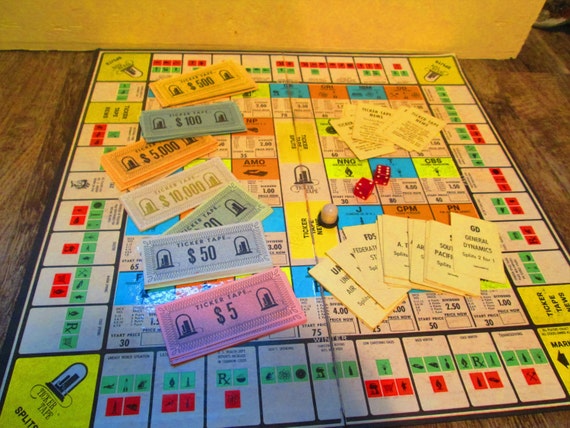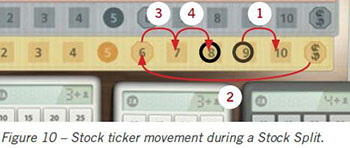

Good: Marionette Master was the new win-con in this build. Might have to revisit treasure once Rivals comes out in January.

It was pretty early on that I realized it wasn’t going to work, especially with only one set (Ixalan) with treasure cards that I could build around. I think I won a single match with this build. When it went off, it was definitely fun.īad: Durdling around and trying to set up a combo in a format where Ramunap Red and Energy decks are running rampant leads to you losing. My other win-conditions in the deck were Herald of Anguish and Tezzeret the Schemer, cards that worked really well with my artifact synergies. The rest of the deck was made up mostly of control pieces things like Fatal Push, Vraska’s Contempt, Essence Extraction, and Cast Out. Good: I love “jank” brews, and using treasures as a win-condition with “you win the game” cards like Mechanized Production and Revel in Riches is about as jank as it gets.

So, I want to walk you through a few iterations of the deck, what I’ve learned from playing each of them, and how the deck has evolved over the past few months of playing. The first few times you play a new brew, you’ll probably lose. In the end, everyone knows something about the stock market, so it all comes down to strategy execution.Deck building in Magic: the Gathering is an art form.īy that, I mean deckbuilding takes time, and is often something you struggle with. Do you hold onto a stock in hopes of catching a lucrative stock split or do you sell now to avoid the potential company bankruptcy? Can you hold onto your stock until the end of the game to become the majority shareholder, or do you need the liquidity of cash now for future bidding? Do you risk it all by investing heavily into one company, or do you mitigate your risk by diversifying your portfolio? By putting stocks and other cards up for auction, Stockpile catalyzes player interaction, especially when potential profits from insider information are on the line.īoth of these mechanisms are combined with some stock market elements to make players consider multiple factors when selling a stock. Trading fees can poison the piles by making players pay more than they bid. In this way, nobody will know all of the cards in the stockpiles. These stockpiles will contain a mixture of face-up and face-down cards placed by other players in the game. Second, players purchase their stocks by bidding on piles of cards called stockpiles. By privately learning if a stock is going to move up or down, each player has a chance to act ahead of the market by buying or selling at the right time. This information dictates how a stock’s value will change at the end of the round. In the game, this philosophy manifests in two ways: insider information and the stockpile.įirst, players are given insider information each round.

Stockpile centers on the idea that nobody knows everything about the stock market, but everyone does know something. In Stockpile, players act as stock market investors at the end of the 20th century hoping to strike it rich, and the investor with the most money at the end of the game is the winner. Stockpile is an economic board game that combines the traditional stockholding strategy of buy low, sell high with several additional mechanisms to create a fast-paced, engaging and interactive experience.


 0 kommentar(er)
0 kommentar(er)
